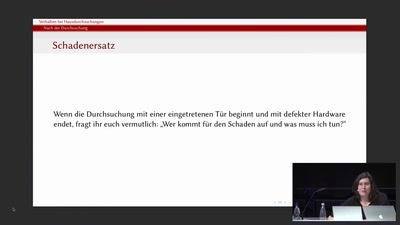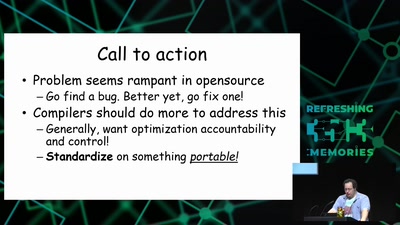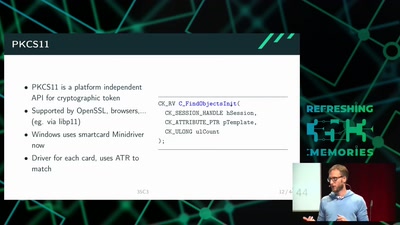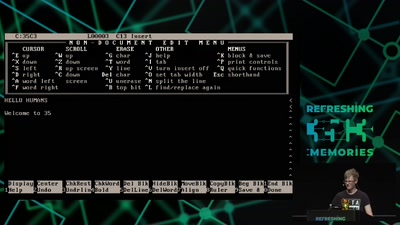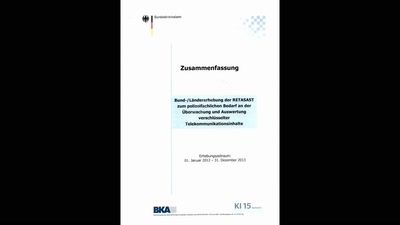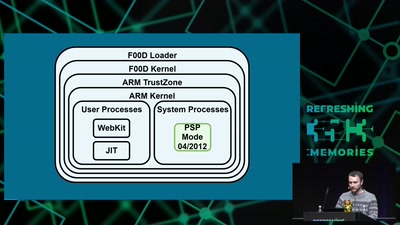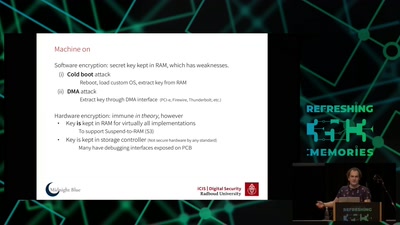A cryptojacking website abuses the computing resources of its visitors to covertly mine for cryptocurrencies in the browser. In this talk, we explore this phenomenon and answer, amongst others, the following questions: How does the mining script work under the hood? How common is this attack? How much money do the attackers earn? And how can I defend myself against such attacks?
With the introduction of memory-bound cryptocurrencies, such as Monero, the implementation of mining code in browser-based JavaScript has become a worthwhile alternative to running dedicated mining rigs. Based on this technology, a new form of parasitic computing, widely called cryptojacking, has gained momentum in the web.
In this talk, we systematically explore this phenomenon: To begin with, we demonstrate how modern web technologies are used to create an efficient miner solely in JavaScript. We then present our methodology on how to identify mining scripts on real websites at scale, which we use for a study on the Alexa top 1 million websites. In particular, we perform several secondary analyses to gain insight into the cryptojacking landscape, including a measurement of code characteristics, an estimate of expected mining revenue, and an evaluation of current blacklist-based countermeasures.
https://arxiv.org/pdf/1808.09474.pdf
Download
Video
These files contain multiple languages.
This Talk was translated into multiple languages. The files available for download contain all languages as separate audio-tracks. Most desktop video players allow you to choose between them.
Please look for "audio tracks" in your desktop video player.

